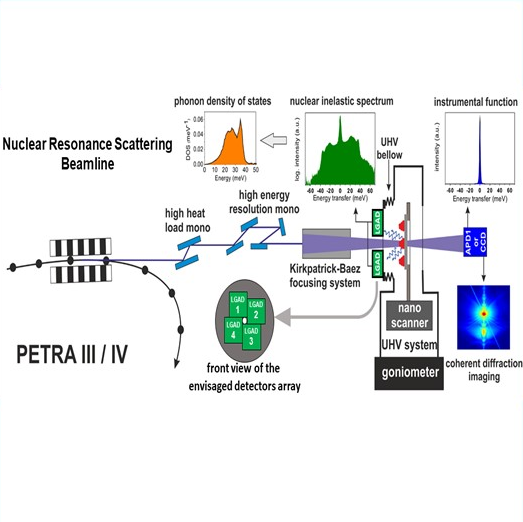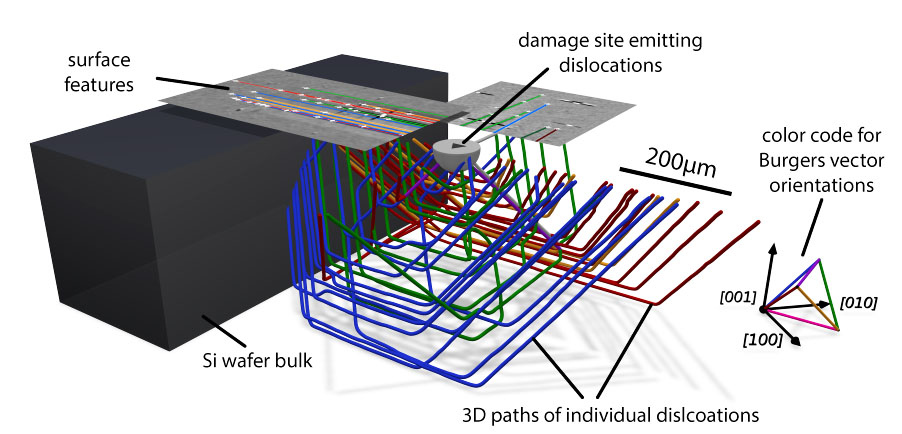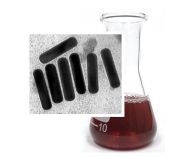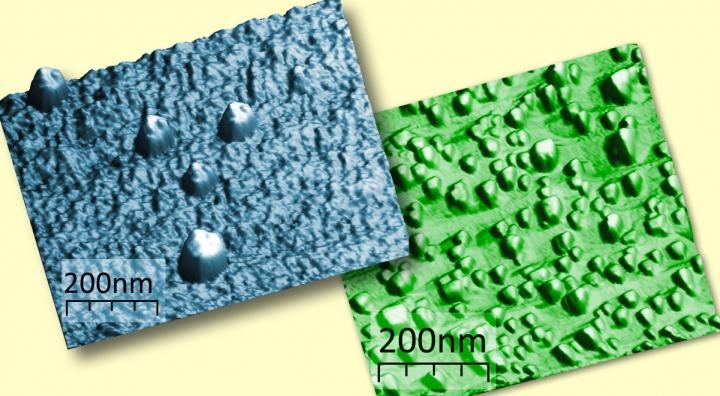Welcome to the Laboratory for Applications of Synchrotron Radiation (LAS) at KIT
Please Note: due to the current renovation of Building 30.45, the LAS has temporarily relocated in building 10.11, Kaiserstr. 12. Other contact details remain the same.
Bitte beachten Sie: Aufgrund der Renovierung von Gebäude 30.45 ist das LAS vorübergehend in Gebäude 10.11, Kaiserstr. 12. umgezogen. Andere Kontaktdaten bleiben gleich.
Key areas of research and development activities at LAS
- Research and Collaboration Projects
- X-ray Scattering and Spectroscopy, in particular applied to thin-films, interfaces and nanostructures
- X-ray Imaging and Diffraction Imaging for the life-sciences and materials research
- Novel accelerator technologies for the production of synchrotron radiation
- Nanodynamics
LAS promotes and pursues the education and training of students, doctoral researcher, and young scientists by offering lecture courses, tutorials, practicals and thesis projects in areas such as accelerator physics, materials research, and synchrotron technology.
The laboratory LAS is based at the Campus South of the Karlsruhe Institute of Technology (KIT), but is involved in the development of accelerators such as FLUTE and KARA, and the use of synchrotron radiation at the KIT Light Source at the Campus North. Members of LAS are also major users of other synchrotron radiation sources world-wide such as ESRF, DESY, ALS, and APS.

The LANRS project, funded by the German Ministry of Research and Education, has started. Together with our partners, we will develop ultrafast x-ray detector array that will enable phonon spectroscopy experiments on individual nano-objects by using the unique x-ray nanofocusing capabilities at PETRA III and in the near future at PETRA IV.
more
A new, very generally applicable imaging approach provides not only three-dimensional information about complex arrangements of dislocations inside monocrystals, but also allows us to investigate precisely the behavior and role of all the individual defects during plastic deformation process. Based on this methodology, we are able to shed new light on the mechanisms involved in the thermally induced plastic deformation of silicon wafers, the understanding and prediction of which is crucial for semiconductor processing in the context of present and future scientific and industrial applications.
more

Time-resolved X-ray scattering with 100 picosecond time resolution shows laser-induced dynamics of gold nanorods, which are an attractive tool for biophotonics.
more

Europium silicide has for some time attracted the attention of scientists. Recognized as being promising for electronics and spintronics, this material has recently been submitted by a team of physicists from Poland, Germany and France to comprehensive studies of the vibrations of its crystal lattice.
more
